Sisymbrium loselii is a common wild mustard green. It's bitter, but in the foraging world a lot of good things are. Read on and I'll tell you what I know about the plant.
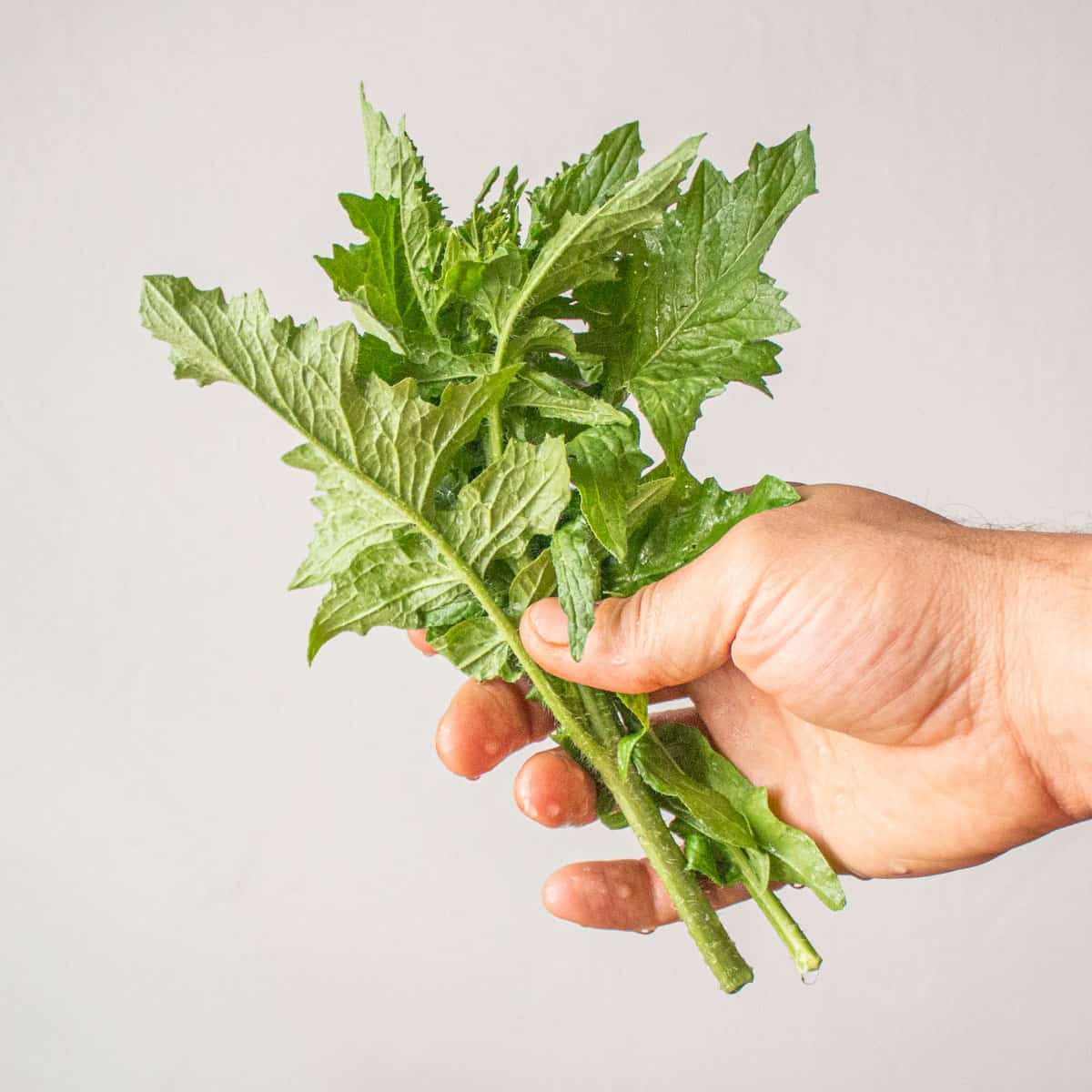
2018. It was early Spring, and I was at a new spot, hoping to get a morel or a hundred, but I hadn't been planning on bringing home any mustard greens, especially big, juicy leaves like I'd expect in early Summer. Big juicy leaves are what I saw though, and they made me hungry.
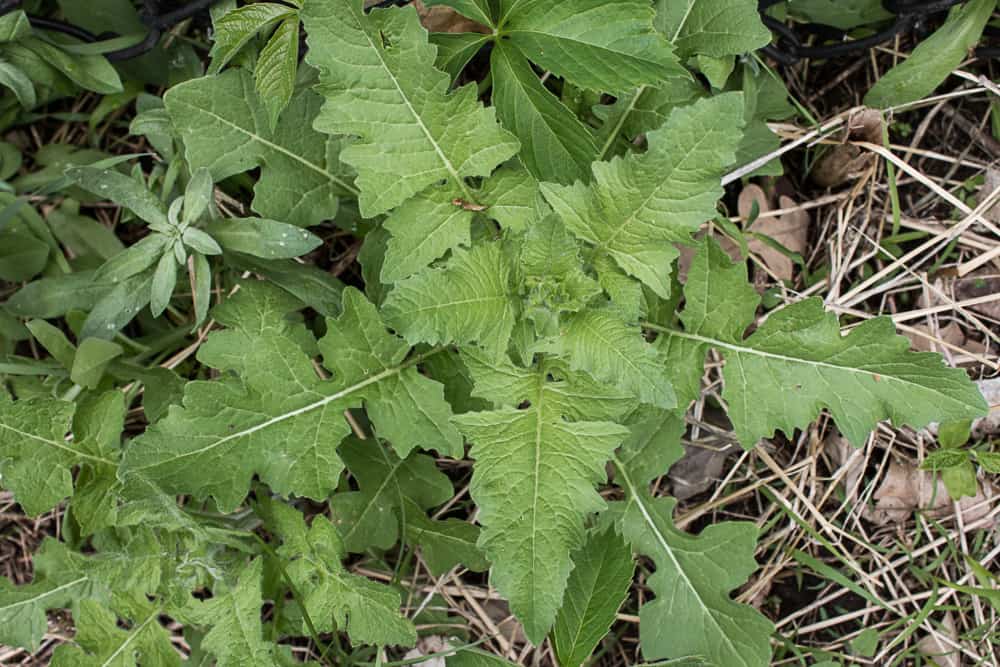
All along the trail, I kept seeing big, bountiful-looking rosettes of wild mustards with exciting, pointy-arrowhead leaves. I could tell by the shape of their leaves they were a mustard of some kind, but exactly what species they were was anyone's guess, since wild mustards are legion.
I left it alone for a while, after bringing some home to try, of course. I did take a few pictures to send to my friend Sam Thayer though, who quickly pointed out that they should be a type of Sisymbrium, and from there, possibly Sisymbrium loselii.
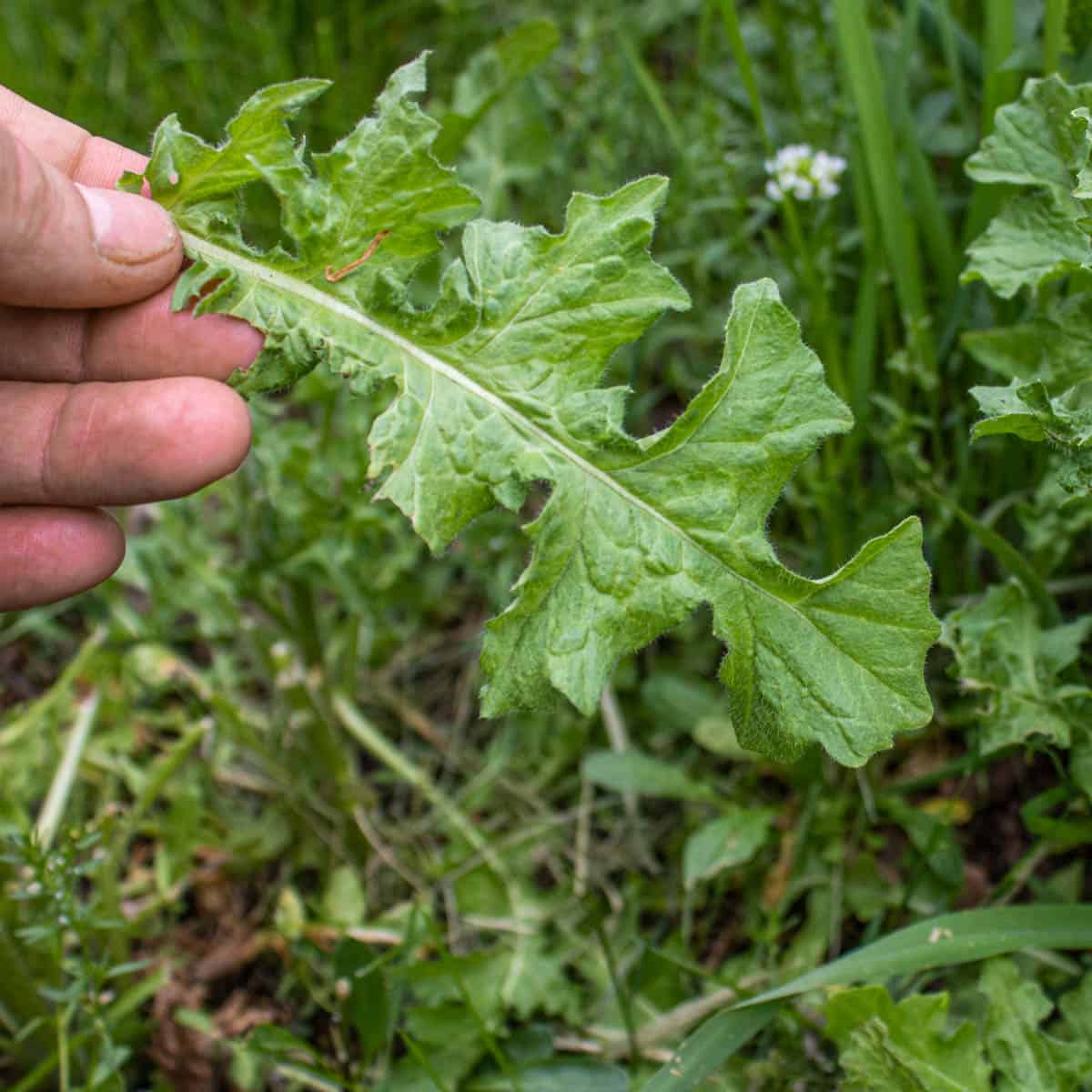
Believe it or not, the Sisymbrium here was actually easier to zero in on for me than some of the other mustards, who resemble each other more closely, and need to be separated in what seems to be minute details more suited for the eye of a botanist than a chef who likes plants.
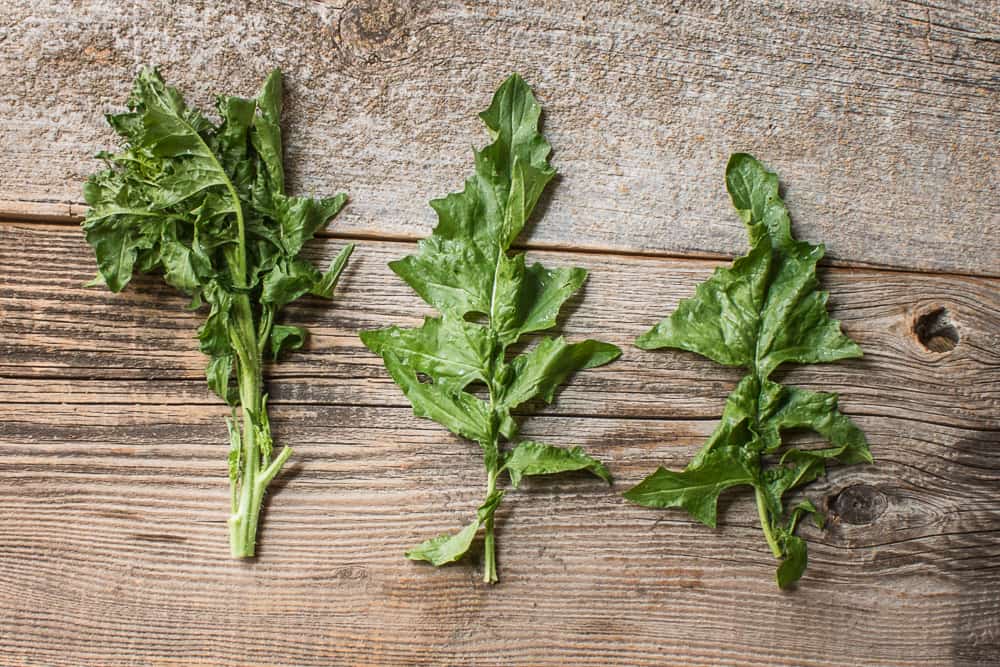
Another interesting thing to me was that these mustards seemed to be maturing earlier than others, and were already at a great stage for harvesting. My view could be a little skewed though as the mustards I pick are generally a different species (Charlock / Sinapis arvensis), and are located in Wisconsin, deep in a cold valley that can fruit up to 2-3 weeks later than other places within an hour radius.
The Hairy Stem
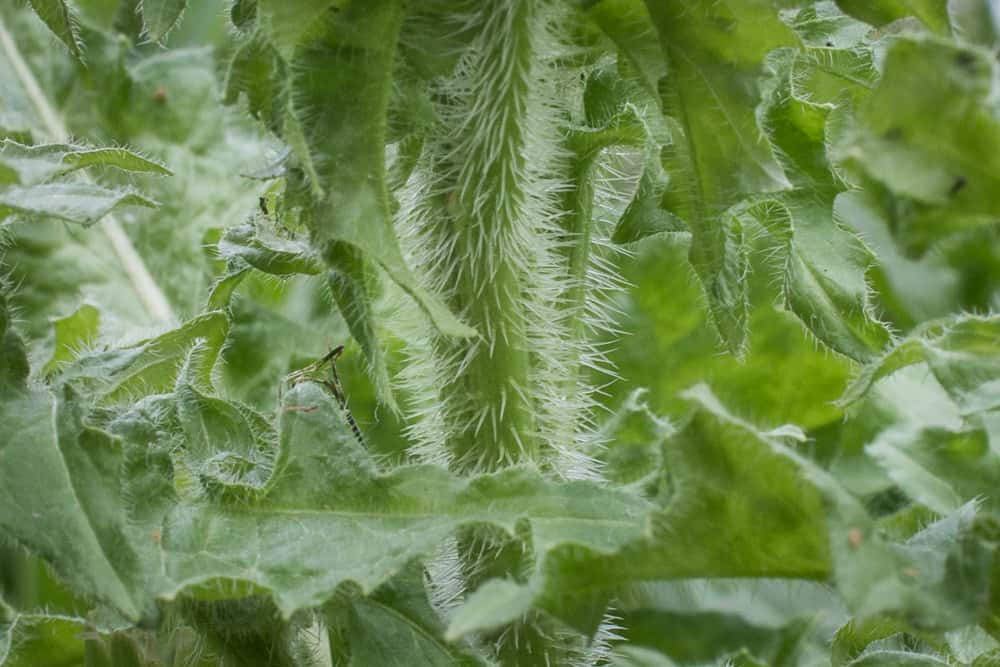
Either way, these hedge mustards as they're called were different than other wild, or especially, cultivated mustard greens I've had. The leaves were a beautiful brassica shape, almost angry looking with the arrowhead form, but the stem especially was what caught my eye: it was absolutely covered in a blanket of tiny, small hairs, almost furry, the same way that a squash vine has fur/prickles, but these were soft and not at all threatening to poke my hands when I picked them up.
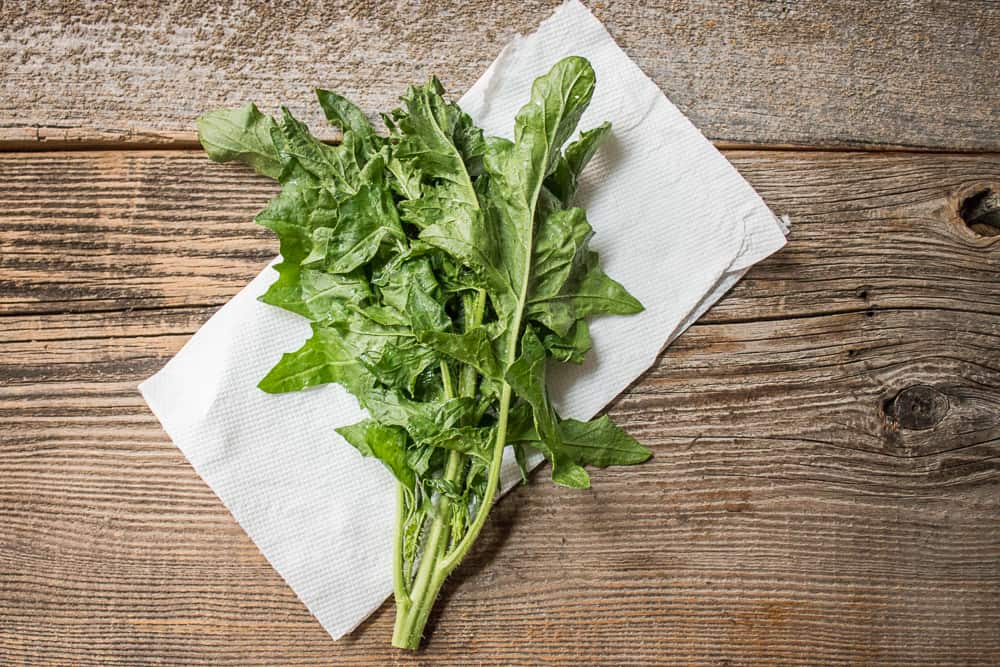
The hedge mustard flavor was different, too from others I've had. The Sisymbrium packed an intense wild mustard blast: aggressive mustard heat and aroma with a definite bitterness on the back end.
They were delicious, but they'll be intense for people who haven't had wild mustards before, or don't like food that has any bitterness.
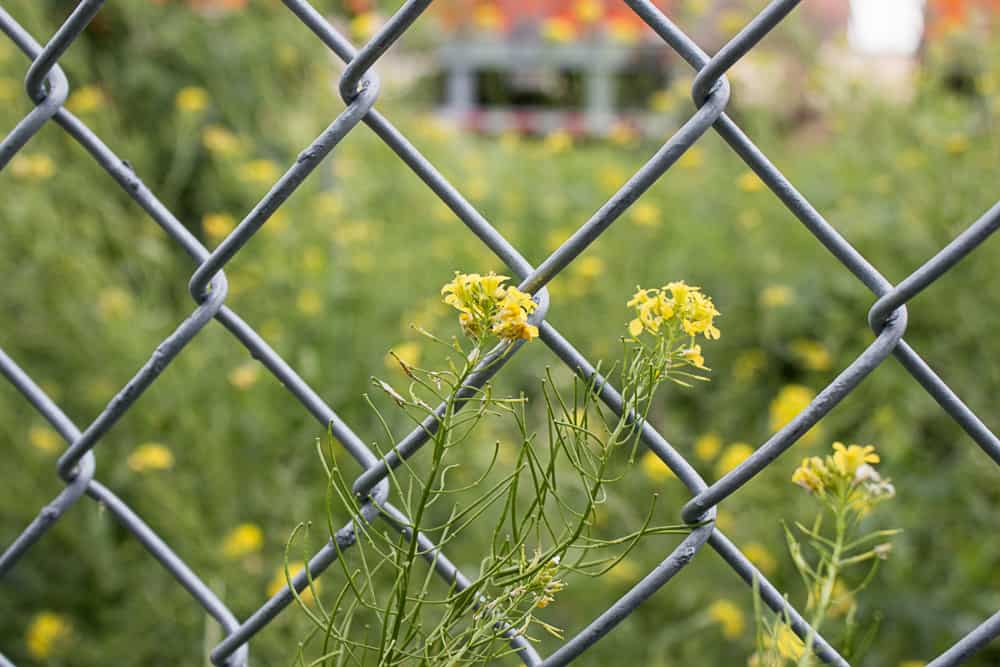
I love my wild greens: "sweet" ones, bitter ones, all of them. If I think some are going to be too intense for a guest, or for a specific prep I'll be doing, I cook them in a change of water, with a piece of cured meat, or, if I have it, some good ol' bacon fat, or all of the above.
Either way, this is a good plant, especially with it's power cut by using in a blend of greens, or made into Chinese-Style fermented mustard greens, where mustard heat and bitterness is appreciated, albeit tamed a bit after processing.
Using the whole plant
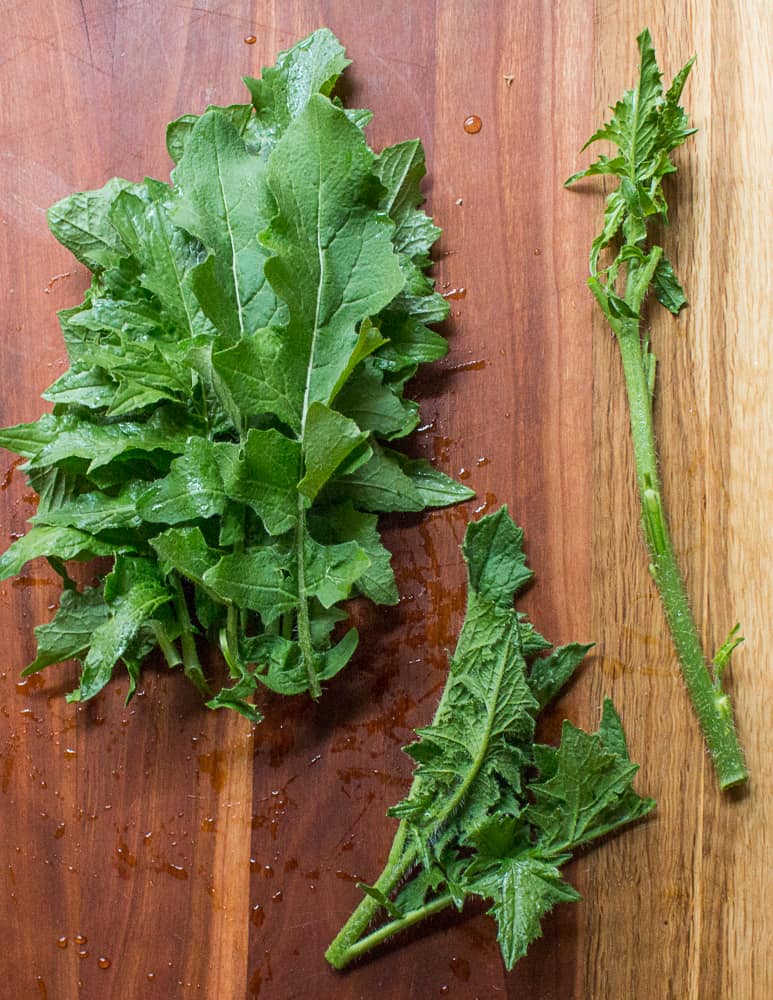
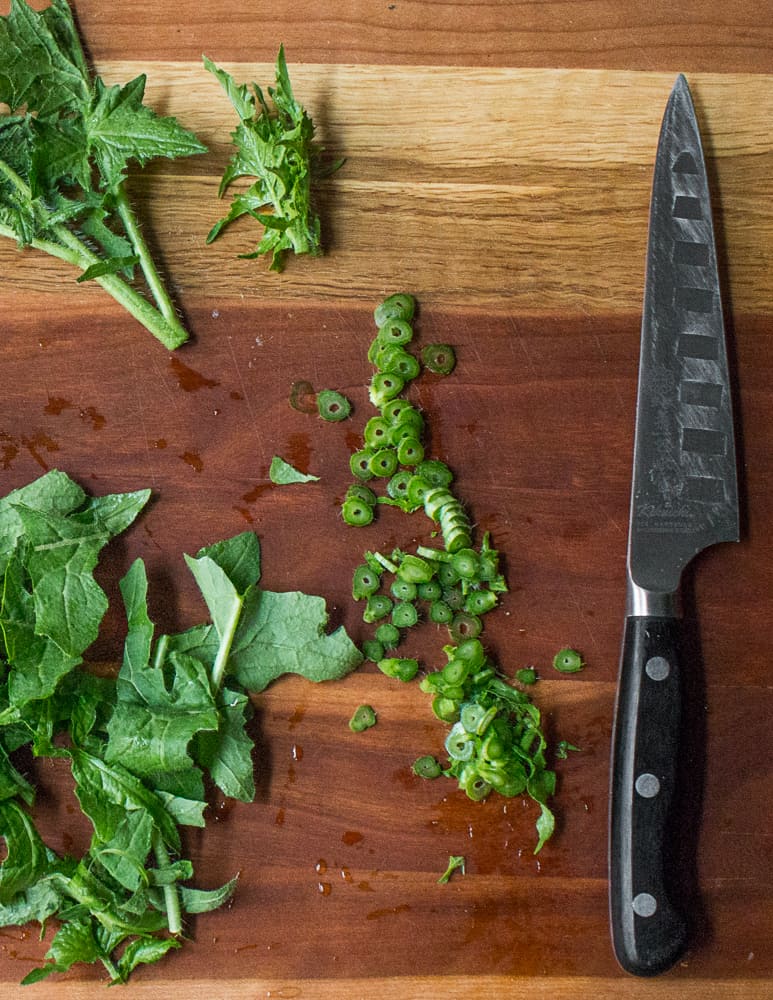
I was lucky enough to find these early in the year, long before the plants start to send up their flower stalks. I found I really liked cooking the whole shebang, meaning the tender inner stalk along with the greens, instead of just removing the leaves.
To equalize the cooking time of the stem and leaves I had, the first thing I did was shave the stem thinly to toss in with the greens, cooked with rich, dry-cured lamb pancetta made from fat caps I'd been working on.
Taming the mustard punch
Like I mentioned before, these are strong mustards, much stronger than the Charlock I pick in the summer, and probably closer in flavor to Barbarea vulgaris, or wintercress. Unless you're family is made of enthusiastic plant-eaters, you may find these a hard sell at the dinner table.
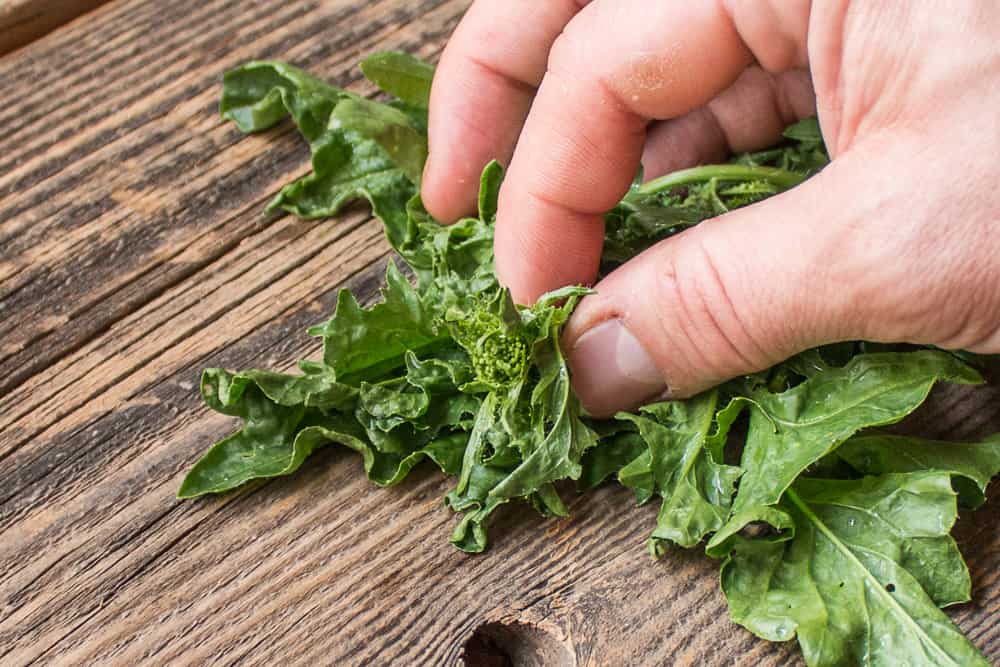
To tame their flavor for timid palettes, I might cook these in a blend of greens, or blanch them in simmering water for a minute or two, draining before adding to the pan full of meat grease and drippings, curry, or whatever you're making. Here's a couple ways you could curb their flavor:
- Substitute in recipes where you would cook broccoli raab, especially with anchovy, hot chili and breadcrumbs, like my recipe here.
- Start the pan with thin slices of garlic cooked until lightly browned, then add some chili flakes for heat, and finish with lemon.
- Cook them in a blend with "sweet" greens like nettles, lamb's quarters, etc.
- They like meat, especially cured and smoked, the richer the better. Cook them in lard, with bacon, or as a compliment to rich meat, like lamb or slices of fatty pork.
- Made into fermented or pickled mustards these would be excellent, since they're used as a condiment instead of a vegetable.
- Simmer until soft in water (5 min), then drain and saute, as opposed to sauteing and eating straight-up.
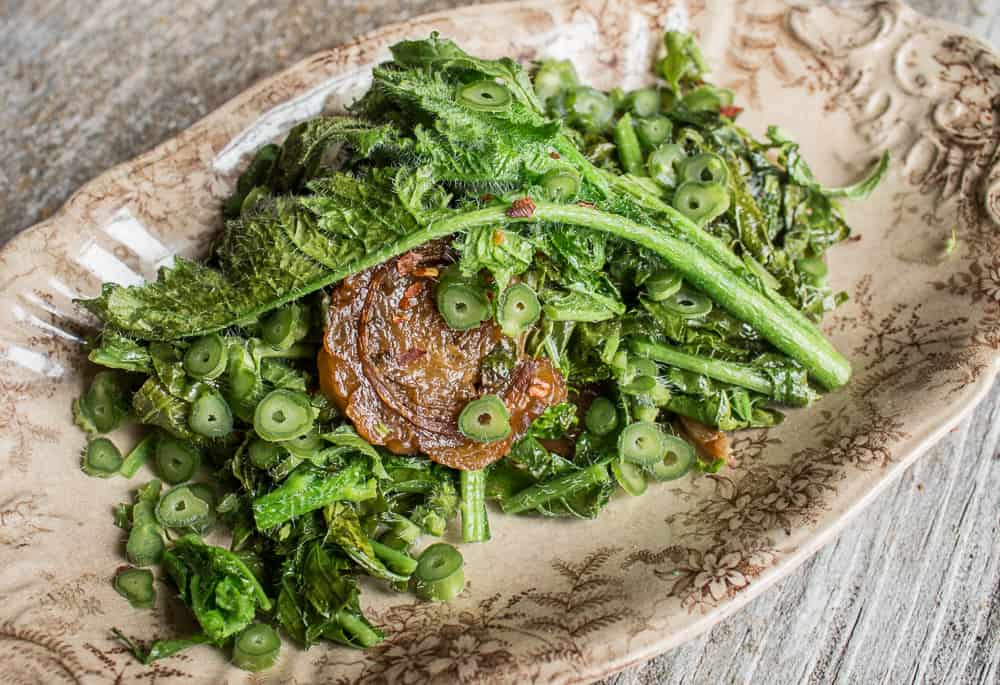

William Cooley
This year I noticed a strange looking plant growing behind my garage. Then I discovered it is Hedge Mustard! So I done a little research and found that they are used for medical purpose and are edible! After reading your article I've decided to give them a try! We will see. Thanks!
Sam Schaperow
Sounds like a really nice find!
Well written post on it, too.
Ellen
Sisymbrium altissimum and S. irio are two of our most common mustards here, and I love them both! But some of my friends find them a little strong. I'm going to try your anchovy and bread crumbs idea. Always looking for interesting ways to cook greens.
Alan Bergo
Oh yeah, they are not for the faint of heart, gotta love that nasal-clearing mustard flavor though! I put in a link to the recipe too, it's Orrechiette alla Barese, and my version is really fun with anything bitter--the more bitter the better.